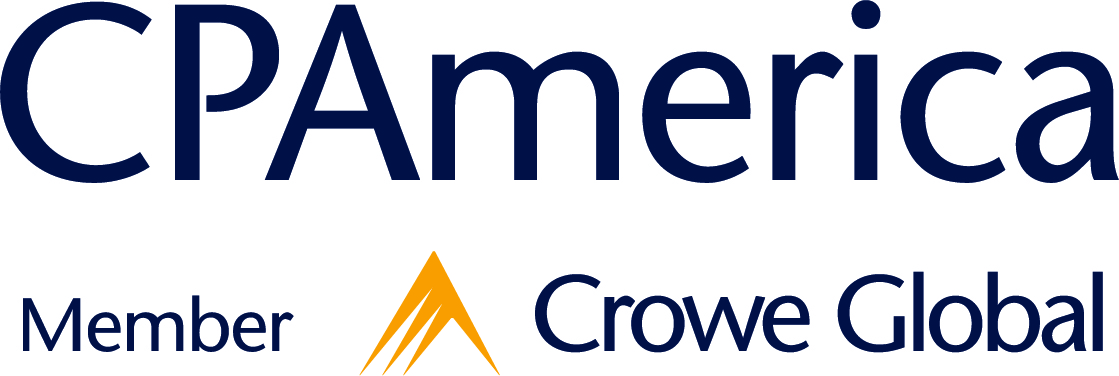3 big TCJA changes affecting 2018 individual tax returns and beyond
 When you file your 2018 income tax return, you’ll likely find that some big tax law changes affect you — besides the much-discussed tax rate cuts and reduced itemized deductions. For 2018 through 2025, the Tax Cuts and Jobs Act (TCJA) makes significant changes to personal exemptions, standard deductions and the child credit. The degree to which these changes will affect you depends on whether you have dependents and, if so, how many. It also depends on whether you typically itemize deductions.
When you file your 2018 income tax return, you’ll likely find that some big tax law changes affect you — besides the much-discussed tax rate cuts and reduced itemized deductions. For 2018 through 2025, the Tax Cuts and Jobs Act (TCJA) makes significant changes to personal exemptions, standard deductions and the child credit. The degree to which these changes will affect you depends on whether you have dependents and, if so, how many. It also depends on whether you typically itemize deductions.
1. No more personal exemptions
For 2017, taxpayers could claim a personal exemption of $4,050 each for themselves, their spouses and any dependents. For families with children and/or other dependents, such as elderly parents, these exemptions could really add up.
For 2018 through 2025, the TCJA suspends personal exemptions. This will substantially increase taxable income for large families. However, enhancements to the standard deduction and child credit, combined with lower tax rates and other changes, might mitigate this increase.
2. Nearly doubled standard deduction
Taxpayers can choose to itemize certain deductions or take the standard deduction based on their filing status. Itemizing deductions when the total will be larger than the standard deduction saves tax, but it makes filing more complicated.
For 2017, the standard deductions were $6,350 for singles and separate filers, $9,350 for head of household filers, and $12,700 for married couples filing jointly.
The TCJA nearly doubles the standard deductions for 2018 to $12,000 for singles and separate filers, $18,000 for heads of households, and $24,000 for joint filers. For 2019, they’re $12,200, $18,350 and $24,400, respectively. (These amounts will continue to be adjusted for inflation annually through 2025.)
For some taxpayers, the increased standard deduction could compensate for the elimination of the exemptions, and perhaps provide some additional tax savings. But for those with many dependents or who itemize deductions, these changes might result in a higher tax bill — depending in part on the extent to which they can benefit from enhancements to the child credit.
3. Enhanced child credit
Credits can be more powerful than exemptions and deductions because they reduce taxes dollar-for-dollar, rather than just reducing the amount of income subject to tax. For 2018 through 2025, the TCJA doubles the child credit to $2,000 per child under age 17.
The TCJA also makes the child credit available to more families. For 2018 through 2025, the credit doesn’t begin to phase out until adjusted gross income exceeds $400,000 for joint filers or $200,000 for all other filers, compared with the 2017 phaseout thresholds of $110,000 and $75,000, respectively.
The TCJA also includes, for 2018 through 2025, a $500 credit for qualifying dependents other than qualifying children.
Maximize your tax savings
These are just some of the TCJA changes that may affect you when you file your 2018 tax return and for the next several years. We can help ensure you claim all of the breaks available to you on your 2018 return and implement TCJA-smart tax-saving strategies for 2019.
Questions on how this will effect you? Contact us for help.





 Despite the government shutdown, the Internal Revenue Service today confirmed that it will process tax returns beginning January 28, 2019 and provide refunds to taxpayers as scheduled.
Despite the government shutdown, the Internal Revenue Service today confirmed that it will process tax returns beginning January 28, 2019 and provide refunds to taxpayers as scheduled.